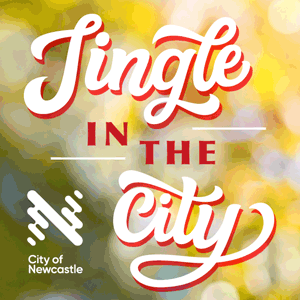The New Era of Home Brew
- Stu Farrelly
- Dec 1, 2023
- 2 min read

Things have changed since the days your dad brewed beer out in the back shed. A new wave of homebrew means you can brew beer at home that tastes as good (if not better) than beer from the bottle shop. Equipment has advanced significantly, too. Now you can pour beer on tap at home just like at the pub, turning your place into the neighbourhood local.
Beer tastes have come a long way from simple lagers, ales and stouts. With the explosion of craft breweries, the different styles of beers seem endless. The good news is that homebrew has joined the party. From old favourites like Tooheys New to an easy-drinking pale ale, hoppy hazy, or experimental sour, the range of ingredients these days makes it easy for anyone to replicate the craft brewery experience at home.
Once you enter the homebrew world, there’ll be no looking back. The Hunter Region has a fantastic network of brewers keen to share their tips and experience. Across the three Noble Barons stores, we bring together the brewing community with regular events, like our ‘Barons Brew Club' meet-ups and ‘Learn to Brew’ workshops.
With the cost of living skyrocketing, savings from brewing beer at home are a major benefit. So, how much can homebrewing really save you? Take Australia’s most popular craft beer, Stone and Wood’s Pacific Ale, which sets you back about $79 a case, or $3.30 per stubby. A Byron Beast Extract Can Recipe Kit makes a similar style beer and costs $38.85 to make 19L of beer. That’s equivalent to two cases, or 69 cents per stubby.
You’ll need the right equipment to get you going. A Basic Starter Kit includes everything you need to put down your first brew and costs $89. Add that to the cost of your recipe kit, and the total is $2.28 per beer. You’ve already recouped your set-up costs after your first brew.

Sure, going to the bottle shop is quicker and easier than making homebrew. But exactly how much time are we talking? Using an Extract Can Recipe Kit, the process is fast – just an hour is all you need to get your beer in the fermenter. The fermentation time is then around two weeks.
If you are bottling your beer, which is where most home brewers start, allow about an hour to sanitise, set up, bottle and cap your brew. If you are kegging, the process is even quicker, taking less than 20 minutes.
The next step is probably the hardest… patience! Whilst your bottled beer can be enjoyed after one month, it will taste much better if you leave it to carbonate and age for two to three months.
If patience isn’t your virtue, opt for kegging, and you can be sampling your brew just 24 hours after transferring to the keg. It’s quick and straightforward to have beer on tap at home with a kegerator system.
Sounds easy, right? Well, say hello to your new summer hobby. Come in for a chat with the expert team at Noble Barons, and we’ll be happy to help get you started.






















































